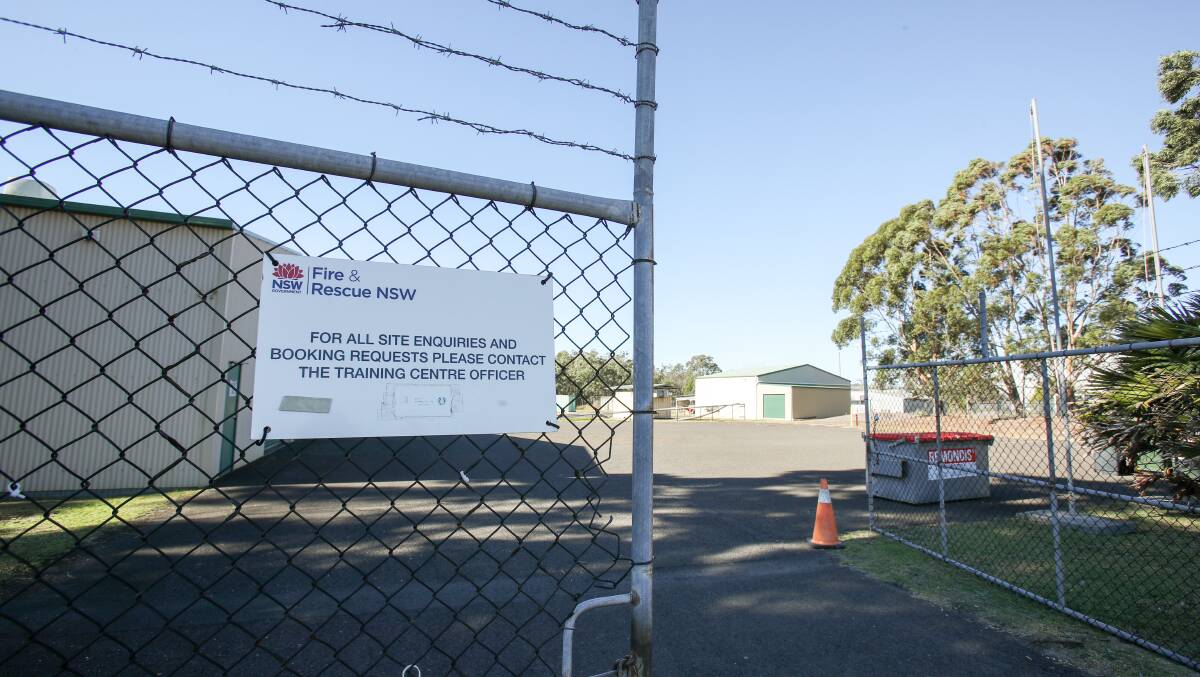
Labor’s Health spokesman Walt Secord has called on the NSW Government to independently tabulate data from the region to determine if there is a “cancer cluster” surrounding Lake Illawarra.
Subscribe now for unlimited access.
$0/
(min cost $0)
or signup to continue reading
A Fairfax Media investigation has revealed the Albion Park Fire and Rescue NSW training site was one of 90 locations across the country being investigated by authorities.
According to a 2017 independent assessment of water samples at the training ground, 10 test sites revealed PFAS levels above safe drinking water levels. PFAS was detected down Albion Creek and its tributary on Poplar Ave, including levels of PFAS beyond ecological guidelines at the entry to Lake Illawarra.
“We need to have a clear picture on the health impacts,” Mr Secord said. “The ball is now squarely at the feet of the Berejiklian and Turnbull governments. There have been mistakes in the past, but it is the job of current governments to properly protect the community.”
Governments of all political persuasions over the last few decades had to accept responsibility over the handling and bungling of toxic contamination across the state according to Mr Secord.
“Sadly, there has been a ‘cover your ears and eyes’ response from all state and federal governments. That has to stop,” he said.
“The community had a right to know about the detected PFAS levels in and around Lake Illawarra and the safety risk that it posed to the community and wildlife.”
The Illawarra Shoalhaven Local Health District did not answer the Mercury’s specific questions this week around the elevated levels of PFAS at the Albion Park Fire and Rescue NSW training site – and their potential risk to public health.
“The NSW EPA is leading the statewide investigation to assess the legacy of per- and poly- fluoroalkyl substances (PFAS),” Public Health Director Curtis Gregory said.
“The NSW EPA has provided precautionary advice to residents to minimise exposure at sites around NSW, when appropriate. Advice for each community is available on the EPA’s website.”
Mr Gregory said general advice about PFAS could be found on the NSW Health website, which states in part: “In humans, there is no conclusive evidence that PFASs cause any specific illnesses, including cancer. Studies in laboratory animals suggest that PFOS and PFOA may promote some cancers in those animals, but it is not clear if these results have any implications for human health.”
Perfluorooctane sulfonate (PFOS) and perfluorooctanoic acid (PFOA) belong to the group of manmade chemicals known as PFAS that have been used in a range of common household products and specialty applications, including some types of fire-fighting foam.

